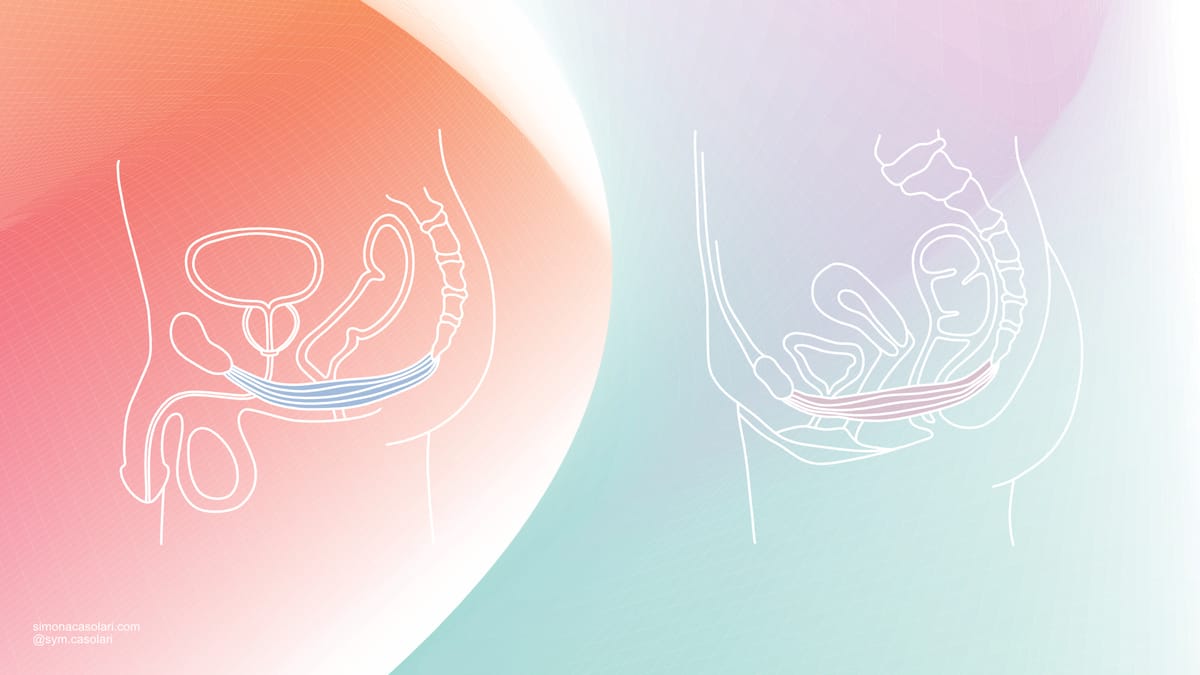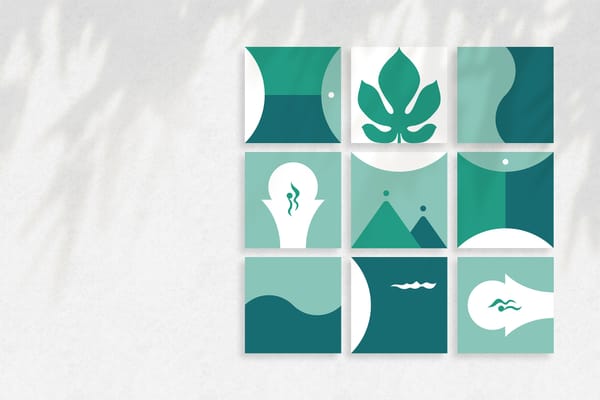On pelvic floor implications
In a world where LLM are rapidly generating outcomes, I feel a sense of contribution by sharing the human side of my work: the process.

I am not going to pretend to write a medical essay on the implications of the pelvic floor. However, I have had the opportunity to collaborate with medical startups and several healthcare professionals who are admirably addressing this subject.
Below, you'll find two case studies for visually-based pedagogic projects I have conducted on this topic so far. More projects are in the works, as the subject remains ever-relevant and continues to spark both personal and societal interest.
- Kegelness, the pelvic floor digital platform
- Monsieur le Périnée, a comic strip series intended for young audiences




